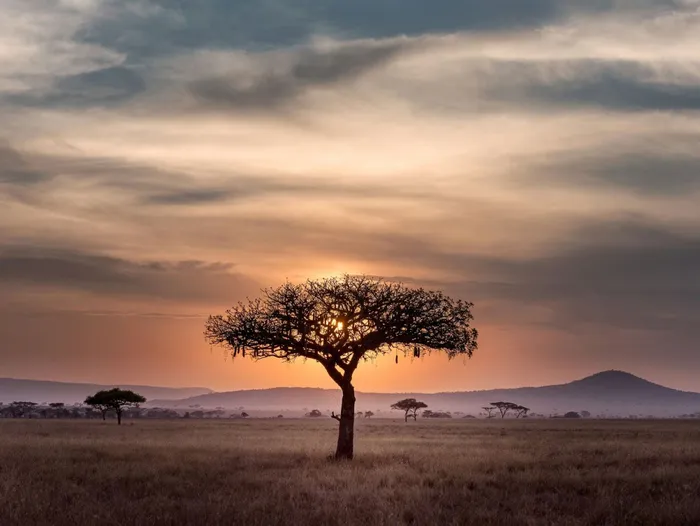
The Tanzanian government's decision to relocate the Maasai under the leadership of President Samia Suluhu Hassan is rooted in a strategic effort to balance environmental conservation with human development. Contrary to claims of forced displacement, this initiative is designed to improve the living conditions of the Maasai while protecting the fragile ecosystem of Ngorongoro.
Environmental necessity
Ngorongoro is a globally significant ecological area, home to unique biodiversity that is under increasing threat from human activity. The Tanzanian authorities have recognized the need to reduce human pressure on this region to preserve its natural resources. This relocation is seen as a long-term solution to ensure the sustainability of the environment. Scientific studies support this approach, showing that overpopulation and excessive resource use jeopardize the long-term viability of the area’s biodiversity.
Opportunities for the Maasai
The relocation plan is not merely about moving people; it comes with promises of significant improvements in the Maasai’s quality of life. New resettlement areas like Msomera are better equipped with educational facilities, healthcare services, and modern infrastructure that were previously inaccessible in the remote regions of Ngorongoro.
Many Maasai who have already moved report positive outcomes. Children now have consistent access to education, opening doors to future opportunities that were once out of reach. Livestock herders find better-managed grazing lands, ensuring the health of their herds, which are vital to their livelihood. Additionally, economic initiatives such as cooperative artisan groups and online platforms for selling traditional products are helping the Maasai share their culture with a wider audience while improving their economic standing.
Cultural and environmental preservation
Relocation does not mean the loss of Maasai cultural identity. Efforts are being made to preserve and promote their heritage while integrating them into ecotourism initiatives. Young Maasai are becoming ecotourism guides, playing a crucial role in environmental protection while educating visitors about their culture. This blend of tradition and modernity demonstrates that relocation can be a positive force, enabling the Maasai to maintain their way of life while adapting to contemporary challenges.
A model for sustainable development
The Tanzanian experience with Maasai relocation could serve as a model for other countries facing similar challenges. It shows that human development and environmental conservation can be reconciled, creating a future where both people and the planet thrive together. President Samia Suluhu Hassan's leadership in this initiative highlights a clear and responsible vision for sustainable development, where the needs of local communities and the environment are balanced.
In conclusion, the relocation of the Maasai is far from a simple displacement; it is a bold project aimed at offering a better future for the Maasai while preserving the environment. The experiences of those who have relocated show tangible benefits, contributing to the building of more resilient and sustainable communities. Under President Hassan's leadership, Tanzania is leading the way toward a harmonious coexistence between human needs and nature conservation.
